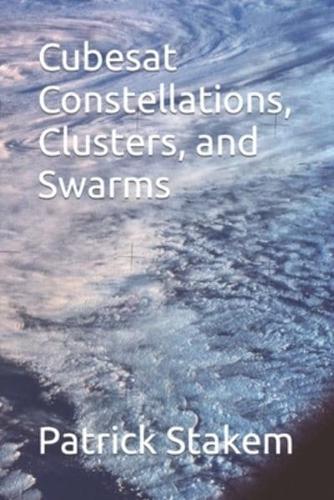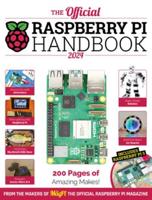Publisher's Synopsis
This book discusses the application of Cubesat Clusters, Constellations, and Swarms in the exploration of the solar systems. This includes the Sun, the 8 primary planets and Pluto, many moon, the asteroid belt, comets, the ring systems of the four gas giants, and comets. There is a lot to explore. U.S. Spacecraft have been to all of the planets in the solar system. Although the planets (and Pluto) have been visited by spacecraft, Earth's moon has been somewhat explored, and many of the other planets' moons have been imaged, there is a lot of "filling in the blanks" to be done. Here we explore the application of groups of small independent spacecraft to take on this role. Some of the enabling technology for cooperating swarms is examined. Missions to Mars and beyond are lengthy and expensive. We need to ensure that we are delivering payloads that will function and return new data. The tradeoff is between one or two large traditional spacecraft, and a new concept, a large number of nearly identical small spacecraft, operating cooperatively. Necessarily, the Technology Readiness Level of this approach must be proven in Earth orbit, before the resources are allocated to extend this approach to distant locations. Decades of time, and hundreds of millions of dollars are at stake. The big picture is, Cubesats are not just secondary payloads anymore, They may be small, but a lot of them together can accomplish a lot. We'll discuss the technologies to make this happen.









